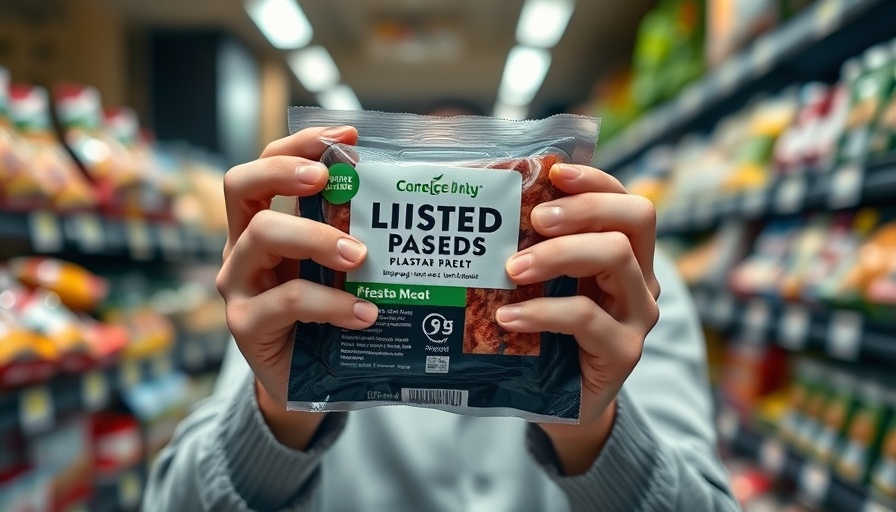
The Heme Debate: Understanding Its Role in Health Risks
As the popularity of plant-based meat alternatives like Impossible Burgers surges, discussions around their ingredients have intensified, especially concerning heme—a plant-derived iron-containing molecule used to enhance flavor and appearance. While the FDA classifies soy heme as safe, the health implications of consuming heme iron continue to spark debates among nutrition experts.
The Link Between Heme and Major Health Issues
Research suggests a correlation between high heme iron intake and an increased risk of several health issues, particularly chronic diseases such as type 2 diabetes and cardiovascular diseases. A 2021 editorial from the Journal of the American Medical Association cautioned that while the heme found in Impossible Burgers is still being scrutinized, it could metaphorically be just an 'innocent bystander' in the broader context of meat consumption and its associated health risks.
How Heme Interacts with Other Meat Components
The complexities arise when considering not just heme iron alone, but its interaction with other components present in meat, such as saturated fats and hormones. For instance, chemical compounds formed during meat cooking, known as advanced glycation end-products (AGEs), can also contribute significantly to health risks. This intertwining of ingredients complicates the understanding of whether heme alone influences health outcomes or if it acts in conjunction with other harmful components found in meat.
Insights from Large-scale Studies
The NIH-AARP Diet and Health Study, the largest of its kind in the U.S., has provided substantial insights. It followed more than 500,000 individuals for over a decade, analyzing the relationship between dietary patterns, heme iron intake, and mortality risks. Findings indicate that heme intake correlates with elevated risks of death from various causes, accounting for about 20% of the observed mortality linked to burger consumption. Such insights reinforce the notion that while the source of heme may differ, its effects on health could be notably similar across different diets.
Deciphering Heme's Safety: A Closer Look
Critics point out that while heme from soy may be safe from a toxicity perspective, its long-term health effects remain unclear. Public discourse emphasizes the need for further studies to definitively establish heme’s individual role versus its association as an aspect of overall meat consumption. This scrutiny is particularly crucial as health professionals consider the implications for those seeking plant-based diets while still consuming heme.
Future Trends in Plant-Based Nutrition
The rise of plant-based diets advocates a shift towards healthier eating habits but navigating the complexities of ingredients like heme is essential. As consumers become more health-conscious, food manufacturers may need to modify formulations to balance taste with health implications, potentially leading to a reformulation of products to minimize heme or other health-impacting components.
Conclusion and Considerations for Consumers
Navigating the landscape of nutrition, especially with new products like Impossible Burgers, requires an informed approach. It invites consumers to consider not just flavor but the broader health implications of what they eat. Analyzing ingredients, staying aware of emerging research, and making educated choices can empower individuals towards healthier diets. As we draw upon data from studies, we encourage sustaining an ongoing dialogue around food innovation and health.
 Add Row
Add Row  Add
Add 




Write A Comment